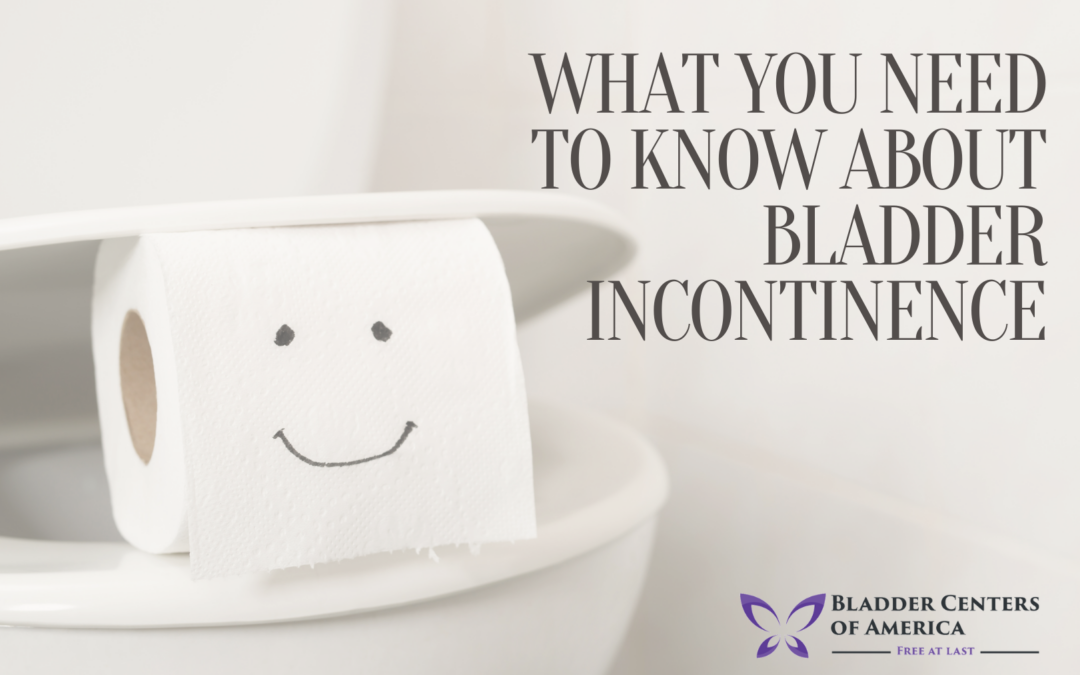Bladder incontinence, also known as urinary incontinence or overactive bladder, is a condition that affects millions of people around the world. It is a common, but often misunderstood and misdiagnosed medical condition in which the muscles in the bladder fail to control the flow of urine. Symptoms may include frequent urges to urinate, nighttime urination, leaking urine before reaching a bathroom, and involuntary loss of small amounts of urine. Bladder incontinence can have many causes ranging from physical changes associated with aging to weak pelvic floor muscles or neurological diseases like Multiple Sclerosis.
Treatment for bladder incontinence can range from lifestyle modifications such as timed voiding and restricted fluid intake to medications and even surgery in certain cases. If you are struggling with bladder incontinence it is important to talk to your doctor about your symptoms so that an accurate diagnosis can be made and appropriate treatment options can be considered.
Causes of loss of bladder control
Bladder incontinence is a condition in which a person experiences the sudden and uncontrollable release of urine. It can be caused by a variety of factors, such as pregnancy, childbirth, chronic diseases like diabetes or multiple sclerosis, nerve damage from surgery or injury, enlarged prostate glands, weak pelvic floor muscles, and aging. In addition to physical causes, it can also be caused by stress, anxiety, or even certain medications. Proper diagnosis is essential for finding an effective treatment plan to reduce bladder issues and improve quality of life.
Symptoms of Bladder Incontinence
Bladder incontinence is an issue that affects many people and is often caused by an inability to control the bladder muscles or weakened pelvic floor muscles. Symptoms may include a sudden urge to urinate before reaching a bathroom, involuntary leakage of urine, frequent urination, and difficulty controlling urine flow. Incontinence can also disrupt daily activities due to the need to frequently monitor one’s bladder and take urgent trips to the bathroom. Fortunately, there are treatments available such as exercises and medications that can help manage this condition.
Treatment Options for Bladder Incontinence
Bladder incontinence is a common problem for many people, but there are several different treatment options depending on the severity and cause of the condition. The most commonly prescribed treatments include bladder training exercises, lifestyle changes such as avoiding certain foods or drinks that could worsen symptoms, medications to reduce urine leakage or spasms, or even surgery for more serious cases. In addition to medical treatments, other therapies such as physical therapy or stress management may help reduce signs and symptoms of bladder incontinence. No matter what type of treatment is chosen, it’s important to speak with your doctor about the best option for your situation.
Coping with loss of bladder control
Dealing with bladder incontinence can be an incredibly difficult challenge. It can cause embarrassment and a loss of self-confidence, as well as lead to strains in relationships. The first step for those who are struggling with bladder incontinence should be to discuss it with a doctor. From there, treatment options such as lifestyle modifications, medications, and physical treatments such as pelvic floor exercises may be recommended. Seeking support from family and friends can provide invaluable emotional strength during this challenging time too.
Prevention Strategies for Bladder Incontinence
People suffering from bladder incontinence should practice some preventative steps to help manage their condition. This can include lifestyle modifications such as drinking plenty of fluids, limiting caffeine and alcohol intake, and developing an exercise program that will promote muscle strength. Maintaining a healthy weight, eating nutritious meals, and reducing processed foods are also important for bladder health. In addition, there are many medications available to treat bladder incontinence, so consulting a doctor is essential for finding the best options for each individual’s unique situation.
Bladder incontinence is a common problem that can affect people of all ages and genders. Although it can be embarrassing to talk about, seeking help is important to receive a proper diagnosis and treatment. Certain lifestyle changes, medications, and therapies such as Kegel exercises are available to those living with bladder incontinence. If you or someone you know is experiencing bladder incontinence, don’t hesitate to discuss it with your healthcare provider.

